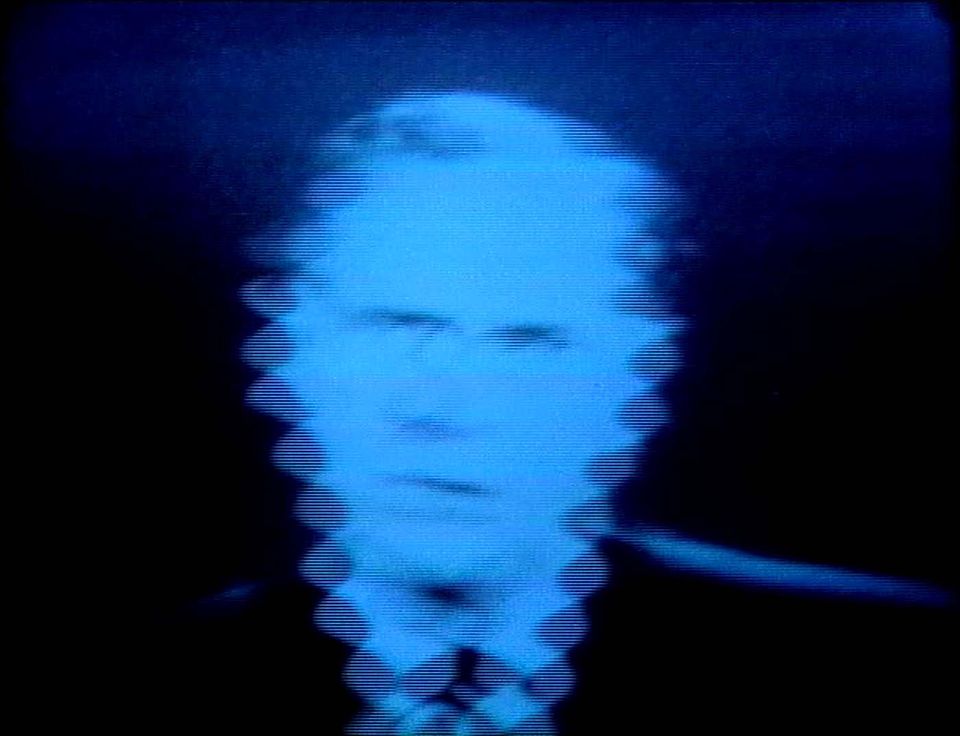

Russell Connor was an abstract painter, happily minding his own business, when in Boston in 1969, he met media visionary, Nam June Paik. As Connor told us the other night at a program in honor of Paik's birthday (he was born on July 20, 1932 in Seoul, Korea) at SAAM's McEvoy Auditorium, that meeting changed Connor's life (Connor called it "mind-stirring and life-changing"). It also changed his art. Connor called his talk a "before and after story." Life before Paik, was rather ho-hum for Connor, who, in his words, had "lost or misplaced his artistic compass." He was an abstract painter, but didn't feel his work was where it should be. After his encounters and collaborations with Paik, Connor's compass was pointing towards a new artistic vision.
Connor referred to Paik as his "savior," who took him "from the wilderness to the wilderness." At the start of the evening, we were treated to a few clips of experimental videos created by Paik and narrated by Connor in his distinguished deep voice, included Global Groove from 1973. "This is a glimpse of a video landscape of tomorrow," Connor began, "When you will be able to switch to any TV station on the earth, and TV Guides will be as fat as the Manhattan telephone book." Another video, The Selling of New York, showed Connor with musician Charlotte Moorman who famously played the cello while wearing the TV-bra that Paik designed for her.
In 1970, Connor organized the first exhibition of video art at the Rose Art Gallery at Brandeis University, solidifying his importance to the emerging medium. From that point on, he began to collaborate on films for television not only with Paik, but with William Wegman and Bill Viola, among others. From there, he came director of education at the Whitney Museum of Art.
In terms of his own work, Connor began to employ an effect he learned from television and video art called Chroma Key (now known as Green Screen). Here, backgrounds can be replaced and new possibilities added. He was really creating what today we'd call mash-ups, with people from different paintings somehow meeting in Connor's work. In one painting he titled Love and Death, for example, two of Manet's most famous subjects meet: the Dead Toreador turns up under the bed of Olympia. In these and other works, Connor had found his artistic compass.
At the end of his talk, Connor shared a piece of advice for young artists: "Do what only you can do. Nam June Paik figured that out as a very young man. It took me a little longer. I like to think we helped each other on that long and winding road."
After the talk, the crowd was treated to birthday cake and drinks in honor of Paik's birthday.

















